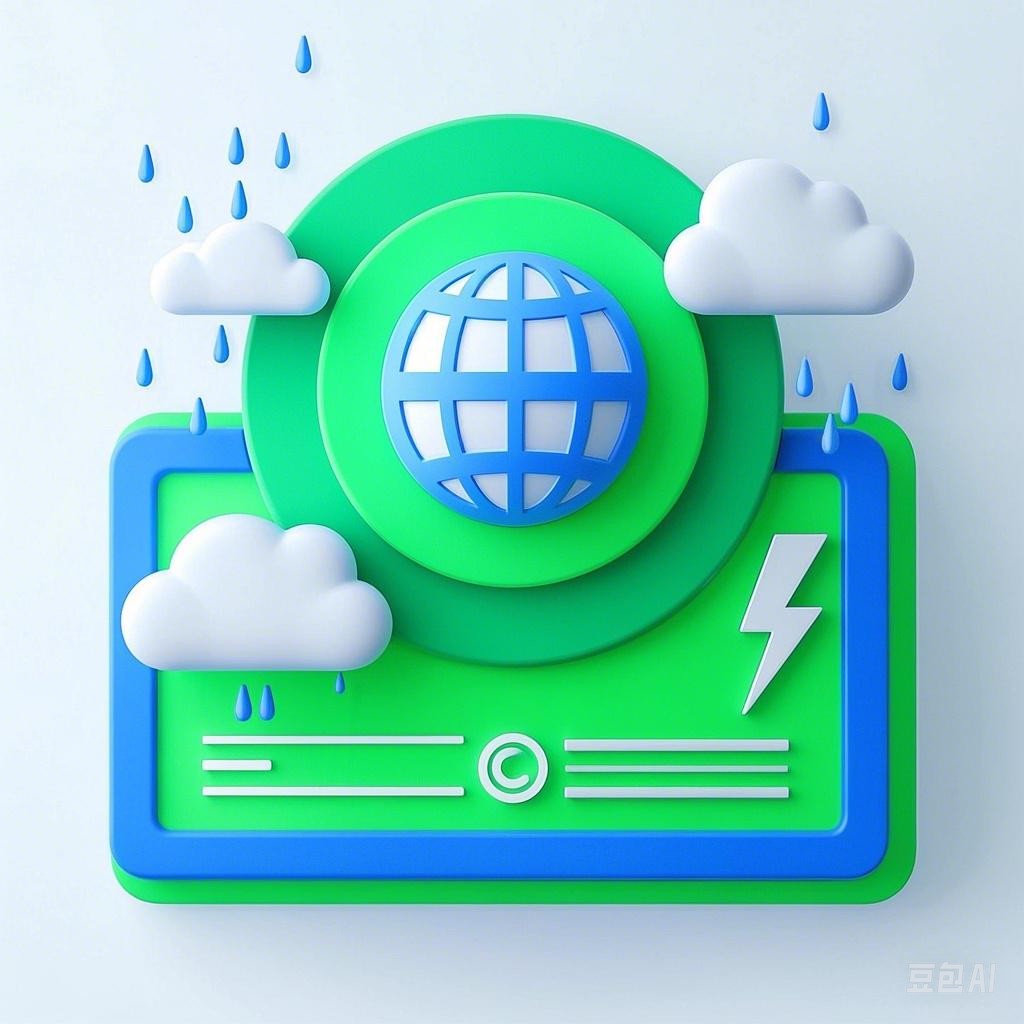Introduction
Understanding the terminology associated with drought and flood disasters is crucial for anyone involved in emergency management, environmental science, or simply for those interested in learning more about these phenomena. This article provides a comprehensive list of essential terms related to drought and flood disasters, along with explanations and examples to enhance your vocabulary.
Drought-Related Terms
1. Drought
Definition: A prolonged period of abnormally low rainfall, leading to a deficiency of water resources.
Example: The region experienced a severe drought last summer, causing widespread water shortages.
2. Drought Stress
Definition: The negative impact of drought on plants, animals, and ecosystems.
Example: The prolonged drought stress on crops led to a significant decrease in agricultural yields.
3. Drought Index
Definition: A quantitative measure used to assess the severity of a drought.
Example: The Standardized Precipitation Index (SPI) is commonly used to calculate drought indices.
4. Drought Resilience
Definition: The ability of a community or ecosystem to withstand the impacts of a drought.
Example: The community’s drought resilience was evident in their ability to maintain water supplies during the recent drought.
5. Drought Monitoring
Definition: The process of collecting and analyzing data to detect and track the progression of a drought.
Example: Satellite imagery is often used for drought monitoring to track changes in vegetation cover.
Flood-Related Terms
1. Flood
Definition: An overflow of water that submerges land, typically due to heavy rainfall, a broken dam, or a levee breach.
Example: The heavy rainfall caused a flood in the city, resulting in widespread damage to homes and infrastructure.
2. Floodplain
Definition: An area of land adjacent to a river or stream that is subject to flooding.
Example: The floodplain is prone to annual flooding, so residents are advised to take precautions.
3. Floodplain Management
Definition: The process of planning and implementing measures to reduce the risks associated with flooding.
Example: The government has implemented floodplain management strategies to mitigate the impact of future floods.
4. Inundation
Definition: The process of water overflowing onto land, often resulting in flooding.
Example: The coastal area experienced inundation during the storm surge, causing significant damage.
5. Flood Risk Assessment
Definition: The process of evaluating the potential for flooding and its potential impacts on people, property, and the environment.
Example: The flood risk assessment identified the areas most vulnerable to flooding and recommended mitigation measures.
Conclusion
Understanding the vocabulary associated with drought and flood disasters is essential for anyone seeking to comprehend and address these complex issues. By familiarizing yourself with the terms outlined in this article, you will be better equipped to engage in discussions, read research papers, and contribute to the management and mitigation of these natural disasters.
